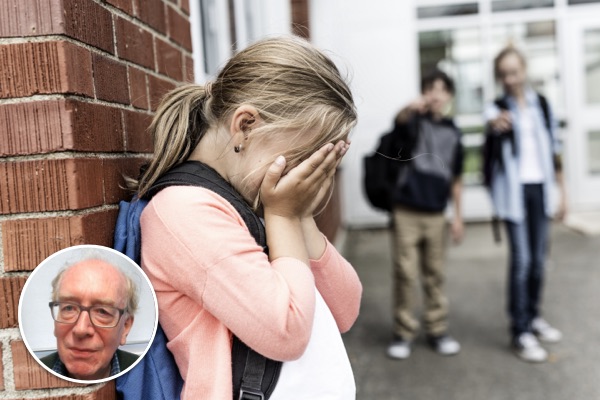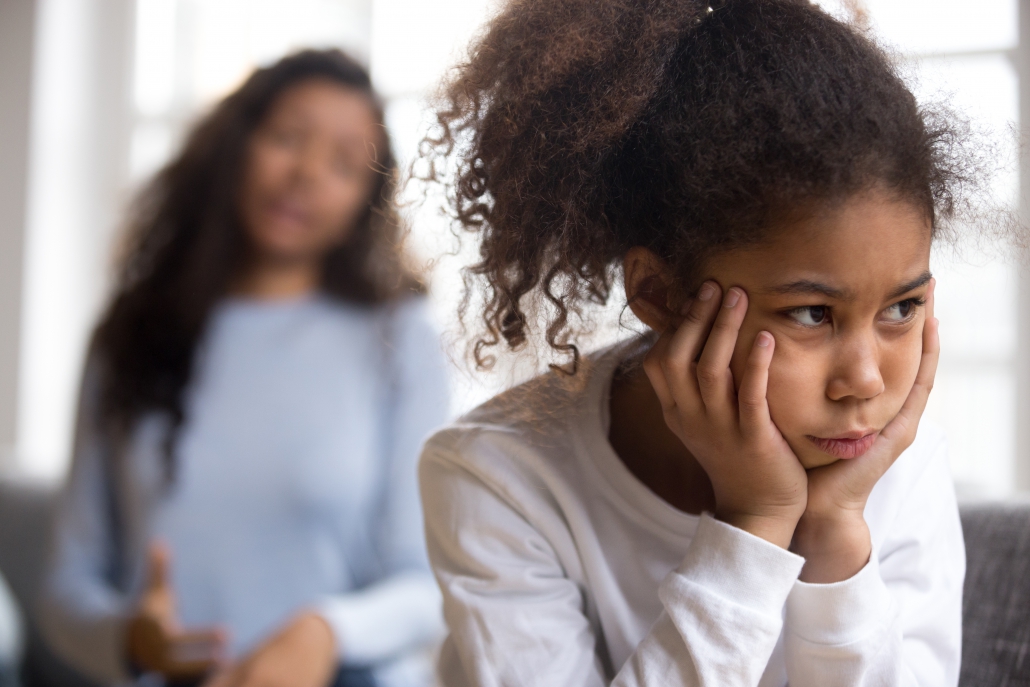‘Building a Bully-Free Classroom’ an interview with Professor Peter.K.Smith
by Elliot Agro on Nov 18, 2020

We interview the writer of the new Academy course : Professor Peter K Smith
To promote anti-bullying week we’re releasing a free module from our CPD course ‘Building a Bully-Free Classroom’ by world-renowned expert Professor Peter.K.Smith. In this interview, Head of Counselling Helen Spiers talks to Professor Smith about the mental health implications of bullying and what schools can do to tackle it.

Module 1 from the course is in full below :
The interview
Hi Professor Smith. Firstly, thank you for helping us to promote such an important issue. In our counselling service we support so many young people affected by bullying – what impact can it have on a person’s life?
The impact on victims can be very severe, especially if they’re experiencing being bullied over a period of time, and perhaps by a number of others. It really damages their self-esteem, their confidence and it’s going to affect their school work. In serious cases they may have suicidal thoughts or even in some cases attempt, or commit suicide, although that is a small proportion of pupils.
Any kind of bullying can have a nasty effect on the victim and also the bystanders. If they see that bullying is going unchallenged they feel this is acceptable behaviour, so it’s bad for the climate of the school as well.
In ‘Building a Bully-Free Classroom’ you talk about the importance of a good school climate to reduce bullying. What can schools do to achieve this and whose responsibility is it?
Well it must come of course from the Headteacher and the management team. We want the school to have what we call ‘authoritative teaching’. This is where clear standards for behaviour are expected, but these are promoted in a non-punitive way and pupils’ views and perspectives are taken account of. In other words, teachers listen to pupils in terms of how the school is run, what expectations are, and so on. But ultimately, the responsibility is with teachers and the management team to set the standards for the school.
Bullying can be hard to detect, particularly as pupils get older. What signs should school staff be looking out for?
Signs to look out for would be if a student was suddenly, rather unexpectedly, doing less well in their school work for no obvious reason, perhaps not coming into school regularly, looking unhappy in class or in the playground or perhaps being on their own more than you’d expect. All those signs of unhappiness or stress.
There can be reporting mechanisms in place in the school which make it easier to detect bullying. Some schools for example, have a ‘bully box’ or a ‘report box’. If someone has seen bullying happen – perhaps as a bystander or maybe they’re experiencing it themselves – they can leave a message in the box. It could be anonymous, so they’re not putting themselves at risk of retaliation. Peer support schemes are also a good way of channeling what’s happening with bullying in the school.
I hate the label ‘bully’ and prefer to say ‘acting like a bully’ to children so the behaviour feels easier to change. Do you agree with this and what advice would you give teachers about the language surrounding bullying?
That’s a good point, we don’t want to label children as being ‘a bully’. Often in questionnaires we’ll ask ‘have you taken part in bullying others?’ for example, which is milder than saying ‘have you been a bully?’ I’m afraid the research community doesn’t help too much there as we sometimes tend to talk about ‘bullies’ and ‘victims’ when we’re doing research.
With pupils I’d talk about ‘children taking part in bullying others’. Certainly in practise I think it’s best to talk about behavioural things. Possibly saying things like ‘taking part in bullying’ or perhaps talking even more specifically in behavioural terms, like ‘insulting’, ‘attacking’ and so on, rather than calling it ‘bullying’.
In the course, you recommend teaching coping skills and assertiveness. Is this for children susceptible to bullying or all children – is there a risk of making some children too assertive?
I don’t think there’s a risk of making some children too assertive! Actually assertiveness training – which is being assertive and not aggressive when you’re faced with a challenge – is something everyone can benefit from. I’ve benefited from learning about those techniques myself, even as an adult.
I think it’s up to schools whichever way they do it. When I’ve worked with schools I’ve found some prefer to give assertiveness training to everyone, others prefer to give it just to those who will benefit most. Not necessarily only for victims of bullying of course, but for children who are a bit shy and unassertive anyway, who would benefit from learning those techniques.
In your modules we learn about the rise of cyberbullying. As most cyberbullying takes place at home, how can schools monitor it?
Firstly, there should be e-safety lessons for the pupils, aimed at their developmental stage, year group and so on. So that’s the curriculum work. Secondly, there’s more general procedures that schools need for dealing with bullying, like peer support systems, an anti-bullying school policy and possibly report boxes. These can all function for cyberbullying just as much as they can for traditional bullying. A lot of cyberbullying can be covered in normal anti-bullying work, but the specific work should be covered in the e-safety curriculum.
You describe the importance parents and home life can have on whether a child is involved in bullying. How can schools work with parents to reduce bullying?
The school needs a good anti-bullying policy, that’s a legal requirement anyway, which needs to be conveyed clearly to parents so they know what’s expected. It’s an important aspect to bear in mind if you’re having discussions with parents about how their child is behaving at school: what’s in the school policy?
It can be tricky, especially because sometimes the parents of those taking part in bullying might themselves be somewhat aggressive or challenging in their behaviour too. I’d say have discussions with parents in a calm way, referring to the school policy and referring to ways in which their child might change their behaviour. Let them know this will improve the happiness of other children in the class but also their child’s progress as well. It’s good for everyone.
- General mental health (36)
- General Speech & Language (33)
- School Issues (27)
- Primary Schools (25)
- Classroom Behaviour (24)
- Counselling (24)
- Anxiety (22)
- Speech and Language Therapy (22)
- Absenteeism (21)
- SENCOs (21)
- Safeguarding (18)
- Secondary & Sixth Form Schools (17)
- Social Communication (17)
- Funding (15)
- MATs (15)
- Generalised anxiety (14)
- Autism Support (11)
- Language Delay/Disorder (11)
- SEMH (11)
- Relationship Issues (10)
- Speech Sounds (8)
- AAC (7)
- ADHD Support (7)
- Autism (5)
- Hearing Impairment (5)
- Depression (4)
- Selective Mutism (4)
- Anger (3)
- Cleft Lip/Palate (3)
- Downs Syndrome (2)
- Ofsted (2)
- Phobias (2)
- Stammering (2)
- Loss (1)
- Self-Harm (1)
- Suicidal Thoughts (1)
You may also like
These related stories

The Link Between Mental Health and Behaviour

The BETTS are off - we won! 🏆
